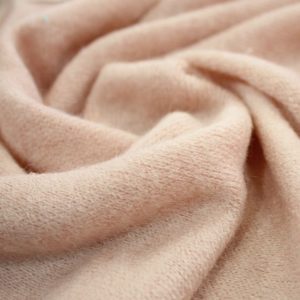 It’s hard to imagine a winter wardrobe without warm clothes that provide the necessary comfort. Recently, clothes made from natural angora fabric have become popular among buyers, despite the rather high cost. And this is no coincidence. Thanks to its unique properties that create a feeling of comfort and warmth, clothes made from this fabric are highly valued and occupy a worthy position in the market.
It’s hard to imagine a winter wardrobe without warm clothes that provide the necessary comfort. Recently, clothes made from natural angora fabric have become popular among buyers, despite the rather high cost. And this is no coincidence. Thanks to its unique properties that create a feeling of comfort and warmth, clothes made from this fabric are highly valued and occupy a worthy position in the market.
Angora is a wool fabric based on the down of certain breeds of Angora rabbit or goat. The name itself comes from the city of Ankara, located in Turkey, where, in fact, these animals are bred. Initially, only goat fluff was used for production, but goats did not take root in the emigrated territories, and breeding them turned out to be problematic. This contributed to the fact that breeders were forced to develop a new breed of rabbit, which was distinguished by long and shaggy hair.
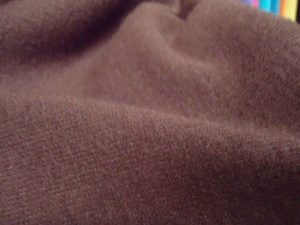 Angora in its pure form is rare, as it is quite impractical to use due to its low strength, and therefore has a short service life.To improve performance properties, the following modern natural and synthetic components are usually added: various types of wool threads (merino) - for expensive materials, acrylic - for the production of yarn, polyester and viscose - for the most budget options. In addition, the price of products containing acrylic, polyester and viscose is more affordable.
Angora in its pure form is rare, as it is quite impractical to use due to its low strength, and therefore has a short service life.To improve performance properties, the following modern natural and synthetic components are usually added: various types of wool threads (merino) - for expensive materials, acrylic - for the production of yarn, polyester and viscose - for the most budget options. In addition, the price of products containing acrylic, polyester and viscose is more affordable.
The color range of natural fabric varies from natural white to gray shades; there are also examples in black. The material lends itself well to dyeing, so the yarn can be found in any color. The main sign of the presence of angora in the fabric is clearly visible hairiness. Before purchasing products, you must carefully study the composition and corresponding properties; this will determine whether the price is set correctly.
Reference! The length of the down hair reaches up to 15 cm, in exceptional cases it can be found even up to twenty-five centimeters. Due to the presence of air voids, fibers tend to create a very warm and at the same time airy material.
Today, manufacturers distinguish two main types of angora.
Melange is a woven fabric made from natural or synthetic yarn (single thread), consisting of threads of various colors.
Important! It is possible to create bright fabrics with patterns thanks to the contrasting shades of the fibers. As a result, you can get a pattern in the form of marble chips.
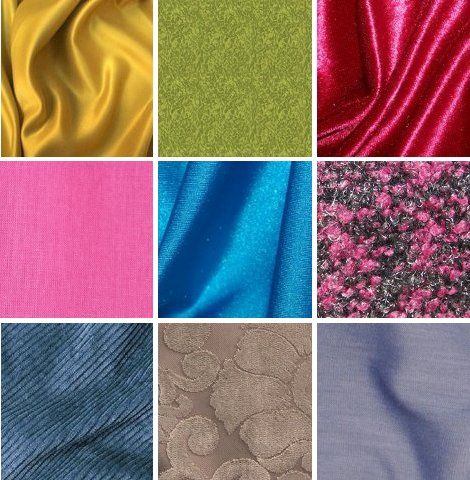
Supreme – a thin, beautiful fabric that has the property of elasticity due to the presence of lycra in its composition, which allows it to perfectly hold its shape (knitwear).
From the presented fabrics, manufacturers create various types of clothing for both men's and women's wardrobes, which are a pleasure to wear: coats, sweaters, dresses, skirts, sweaters, scarves, stoles, hats and much more. Also popular among buyers are household goods: blankets, bedspreads, curtains, pillows. For children, many parents choose warm socks, mittens and gloves, hats and scarves, which are simply necessary for protection from the cold in the harsh Russian winter. Even needlewomen and craftswomen prefer to create their knitted masterpieces from angora yarn. All this variety can be purchased at any specialized store, which can be found in every city.
Reference! Real angora fabric (the base is the wool of Angora goats), which has virtually no additional components, is quite expensive, so it is difficult to find it in stores. The main producers of such fabric are companies from European countries (France and Italy).
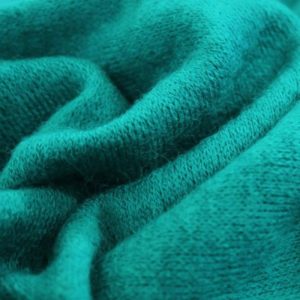 As mentioned above, the fabric is soft, light and fluffy, has a silky shine, and most importantly, it carefully warms. Even the thinnest blouse will keep you warm in a cool room due to its excellent thermal insulation. If the composition contains acrylic, which provides high wear resistance, then the item will last quite a long time.
As mentioned above, the fabric is soft, light and fluffy, has a silky shine, and most importantly, it carefully warms. Even the thinnest blouse will keep you warm in a cool room due to its excellent thermal insulation. If the composition contains acrylic, which provides high wear resistance, then the item will last quite a long time.
But, despite the excellent advantages, there are also certain disadvantages, which include the complexity of care. This material should not be washed either by hand or by machine. Therefore, it is worth protecting things from sudden rain, since even if they get slightly wet, they will lose their presentable appearance.
During wear, such material can become deformed due to the fact that the smooth fibers are very sensitive, they begin to fray and fall out of the fabric. Therefore, you need to carry things carefully and carefully. Therefore, the main characteristic features of all woolen products are that long hairs stick and remain on other things.
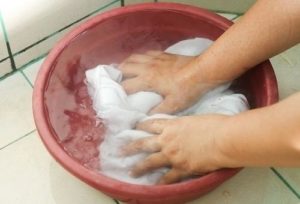 As already mentioned, angora fabric does not tolerate moisture at all, so the best solution is to contact a professional dry cleaner when it gets dirty. After this procedure, your favorite item will be returned to you in a well-groomed and fresh form. To maintain it in excellent condition, it is necessary to constantly care with the help of special rollers and brushes that will collect all excess.
As already mentioned, angora fabric does not tolerate moisture at all, so the best solution is to contact a professional dry cleaner when it gets dirty. After this procedure, your favorite item will be returned to you in a well-groomed and fresh form. To maintain it in excellent condition, it is necessary to constantly care with the help of special rollers and brushes that will collect all excess.
Some housewives still decide to do laundry at home, observing specific step-by-step instructions: wash gently and carefully only by hand and at low temperatures with a special detergent, excluding the use of aggressive agents and bleaches; at the end of the procedure, the fabric should not be wrung out or twisted. You can carefully wrap it in a towel, which will absorb all the excess moisture well, since if you just hang it, the item will stretch out a lot. Therefore, it is better to unfold it onto any horizontal surface for final drying. But you need to take into account that this method is quite risky, since the product may lose its previous shape.
Important! When storing, do not forget that natural wool fabrics are vulnerable to moths.
If you follow all the rules of gentle care, your favorite things will delight you for a long period.